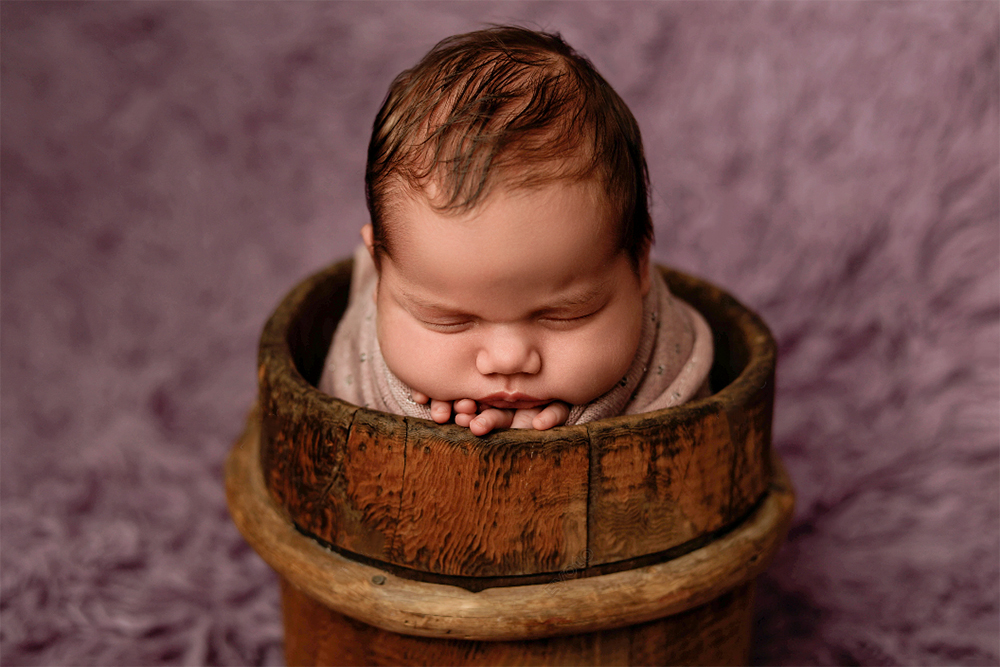
Mastering Photography: Tips for Shooting Pictures for the Best Editing Results
In the realm of photography, capturing the perfect shot is only half the battle. The other half lies in the editing process, where skilled hands sculpt raw images into stunning works of art. However, the quality of your final edit is heavily influenced by the way you shoot your pictures. In this article, we’ll delve into the art of shooting for optimal editing results, focusing on a simple yet crucial principle: exposure.
Why Underexpose?
When shooting with the intention of editing later, it’s advisable to slightly underexpose your images. Why? Because underexposed photos retain more information in the darker areas, preserving detail that might otherwise be lost in highlights. Think of it this way: darker pictures contain more pixels, offering greater flexibility during the editing process.
The Pitfalls of Overexposure
Conversely, overexposing your images can lead to irreversible loss of detail in the highlights. Once this information is blown out, no amount of editing can fully restore it. Bright, washed-out areas become featureless white expanses, robbing your photo of depth and texture.
The Benefits of Shooting Darker
By intentionally shooting darker than you think necessary, you give yourself room to maneuver during editing. You can easily brighten up shadows, adjust contrast, and fine-tune exposure without sacrificing image quality. In essence, it’s easier to pull details out of the shadows than to recover blown-out highlights.


Practical Tips for Implementation
Here are some practical tips to help you apply this principle effectively:
-
Use Exposure Compensation: Many cameras allow you to adjust exposure manually using exposure compensation. Experiment with dialing down the exposure by half a stop or so to achieve a slightly darker image.
-
Shoot in RAW: RAW files contain more data than JPEGs, providing greater flexibility in post-processing. RAW images retain a wider dynamic range, allowing for more extensive adjustments without sacrificing image quality.
-
Bracket Your Shots: If you’re unsure about the ideal exposure, consider bracketing your shots. Take multiple photos at different exposure levels, ensuring that you capture the full range of light in the scene.
“In the world of photography, shooting with editing in mind can significantly enhance the quality of your final images. By embracing the practice of underexposure, you empower yourself to unlock the full potential of your photos during the editing process. Remember, it’s always better to err on the side of darkness – you can brighten up shadows, but you can’t resurrect lost highlights. So, the next time you’re behind the lens, dare to shoot a little darker and watch your editing possibilities expand exponentially.”

